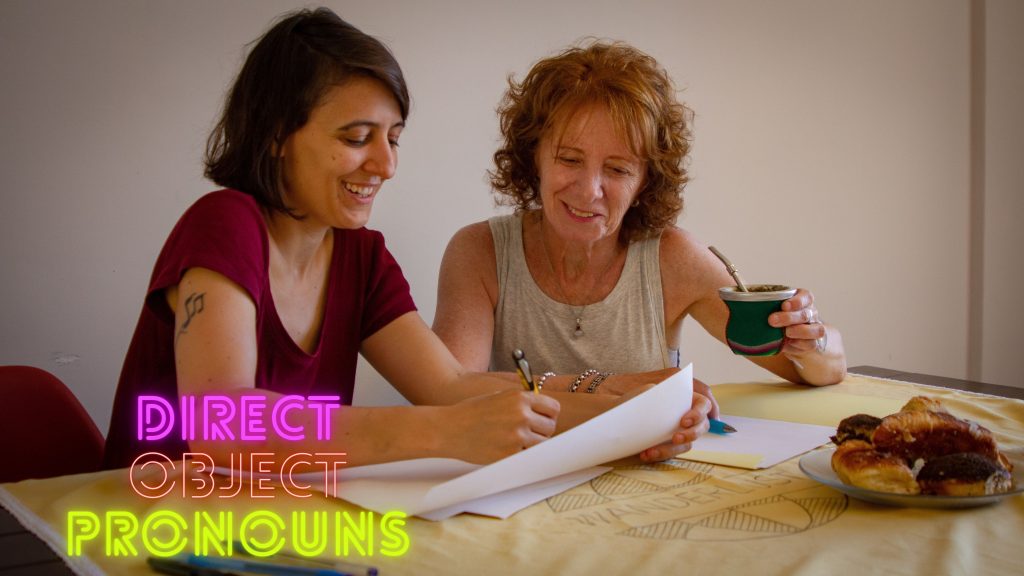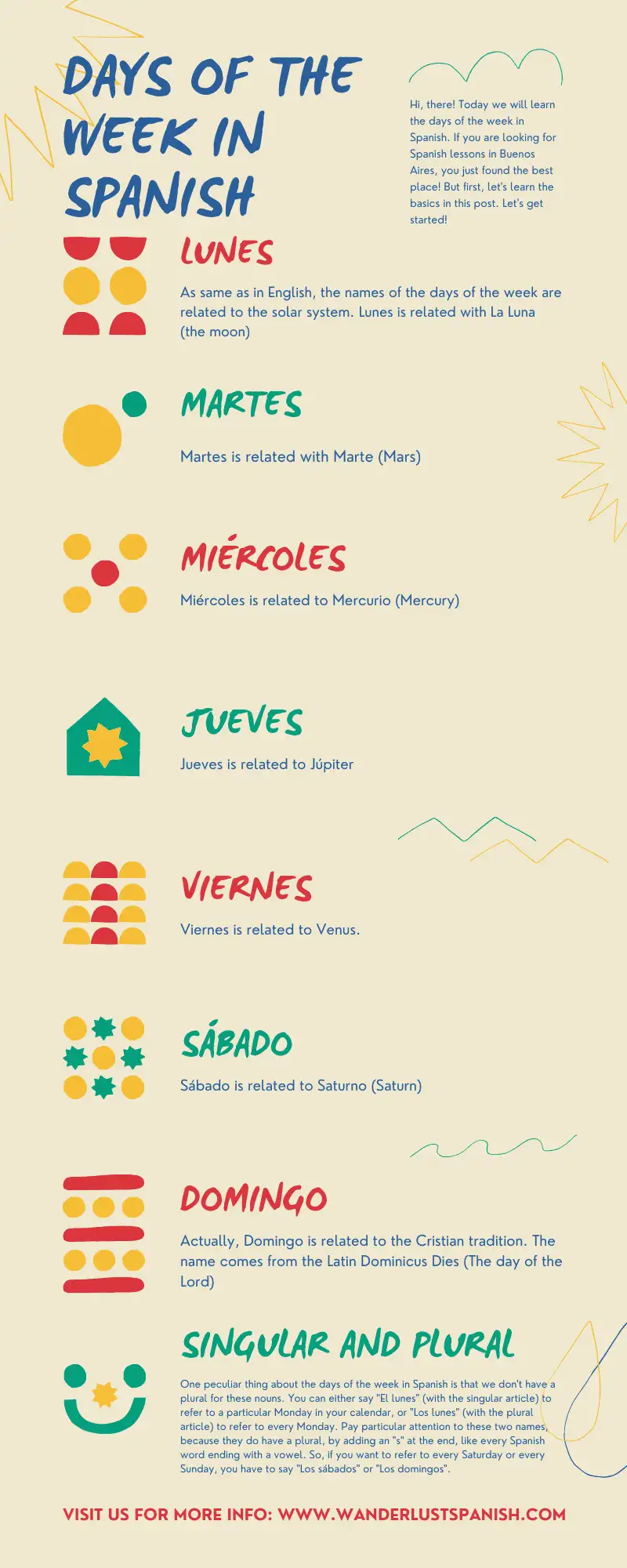Hello, there! Today we will learn about Direct Object Pronouns in Spanish. What are direct object pronouns? Well, most of the verbs need an object to make sense. For example, when you buy something, you need something to buy, right? Well, that something is the Direct Object Pronoun. In Spanish: Pronombre de Objeto Directo. Let’s get started!
Study the Direct Object Pronouns in Spanish
So, when you use a verb this action often implies a recipient of the action. This relation can be answered with the question What? For example, I bought a car. What did I buy? A car. So, the car is the Direct Object. In English, the Direct Object Pronoun would be an “IT”. But, in Spanish, depends on the gender of the noun, the pronoun will be a “lo” (masculine) or a “la” (feminine). Let’s see some examples in Spanish:
Ayer compré una casa (Yesterday I bought a house): Una casa is the Direct Object. And the Direct Object Pronoun would be “la” because “casa” is a word with the feminine gender. If you need to keep talking about that action, you probably avoid repeating all the time the word “house”, so you probably will use the Direct Object Pronoun “la”: Ayer la compré (I bought it yesterday)
¿Tienes el libro de Gramática? (Do you have the Grammar book?): el libro is the Direct Object. And the Direct Object Pronoun would be “lo” because “libro” is a word with masculine gender. If you need to keep talking about that action, you probably avoid repeating all the time the word “book”, so you probably will use the Direct Object Pronoun “el”: ¿Lo tienes? (Do you have it?)
Direct Object Pronouns when they refer to people
So, with some verbs, you will need a “Who?” to complete the meaning of the action. For example, the verbs like “llamar” (to call); “conocer” (to know someone); “ver” (to see); “escuchar” (listen to), among others. In that case, you need to choose the pronoun depending on the gender of the person. If it’s a she, you will choose “la”. If it’s a he, you will choose “lo”. And, If it’s a non-binary person, you will choose “le”. Let’s see some examples:
Tengo que llamar a Carlos (I have to call Carlos): Carlos is the Direct Object (the one who receives the calling action). The Direct Object Pronoun would be “lo”: Lo tengo que llamar (I have to call him).

Ayer vi a Laura en la calle (Yesterday I saw Laura on the street): Laura is the Direct Object (the one who receives the action of being seen). The Direct Object Pronoun would be “la”: Ayer la vi (I saw her yesterday).
¿Conoces a Sasha? (Do you know Sasha?): Sasha is the Direct Object (the one who receives the action of being known by someone). The Direct Object Pronoun, if Sasha it’s a They, would be “le”: ¿Le conoces? (Do you know they?).
This was all for today. Contact us and take you trial class! See you in the next post!









